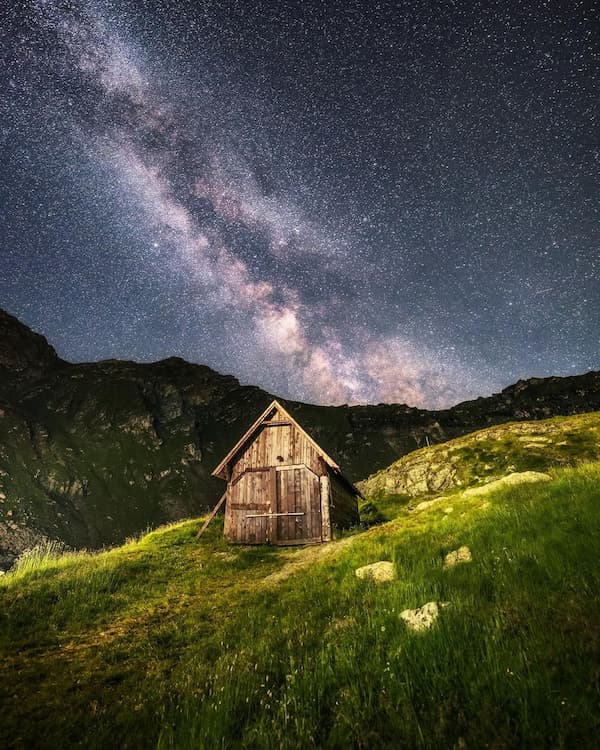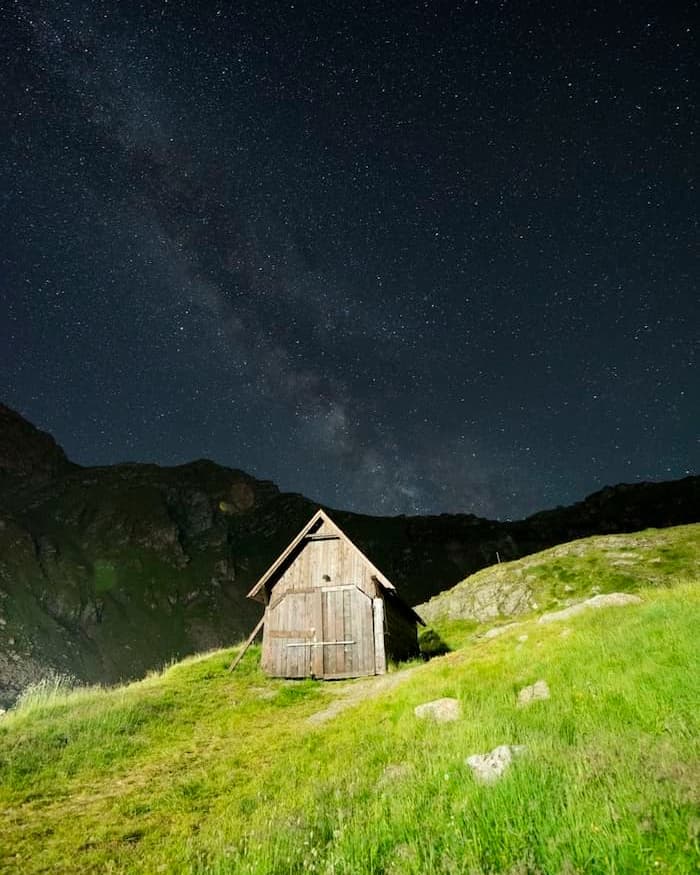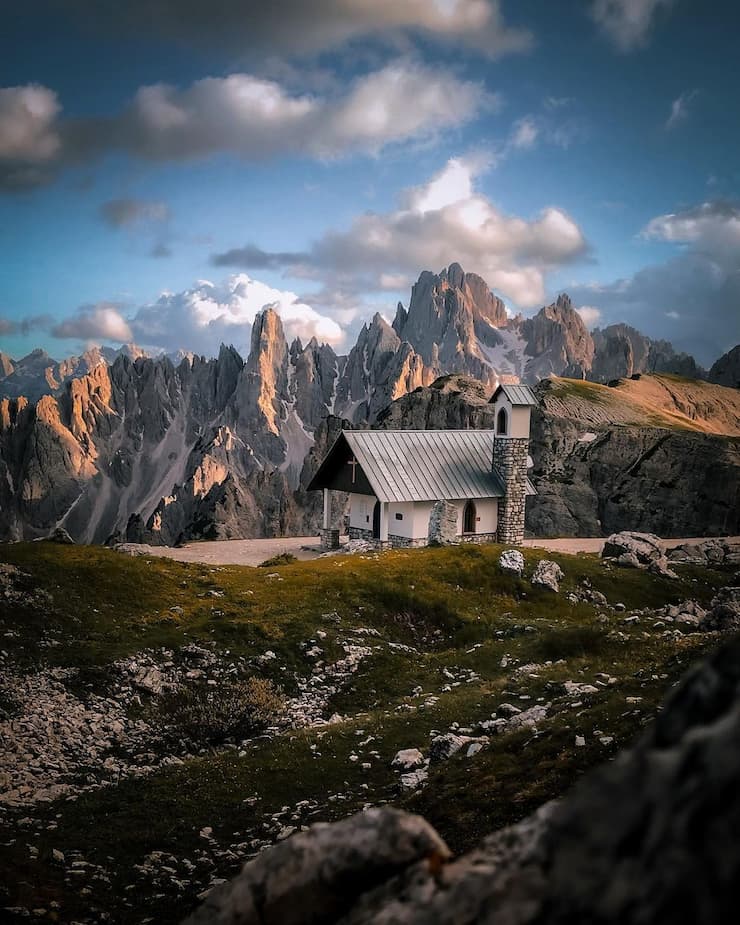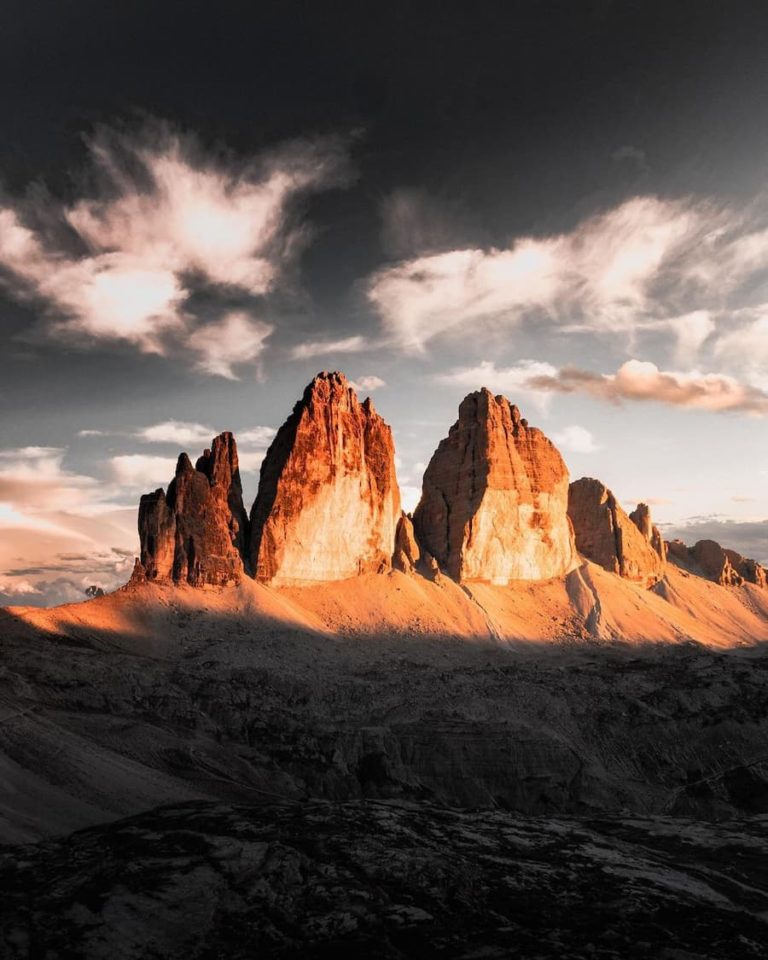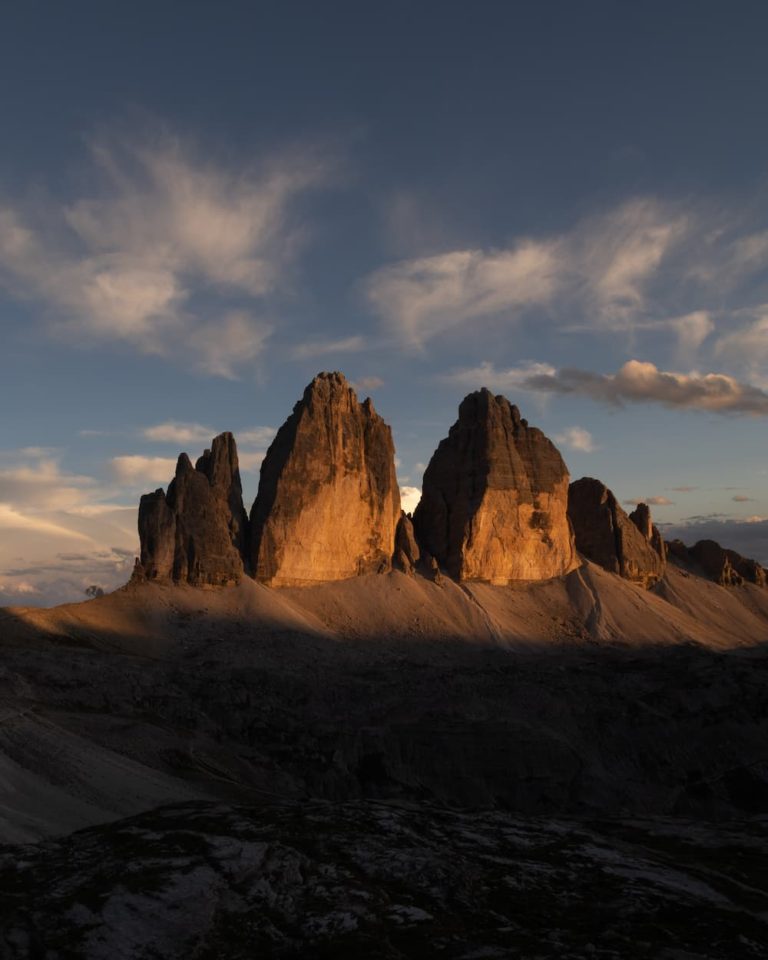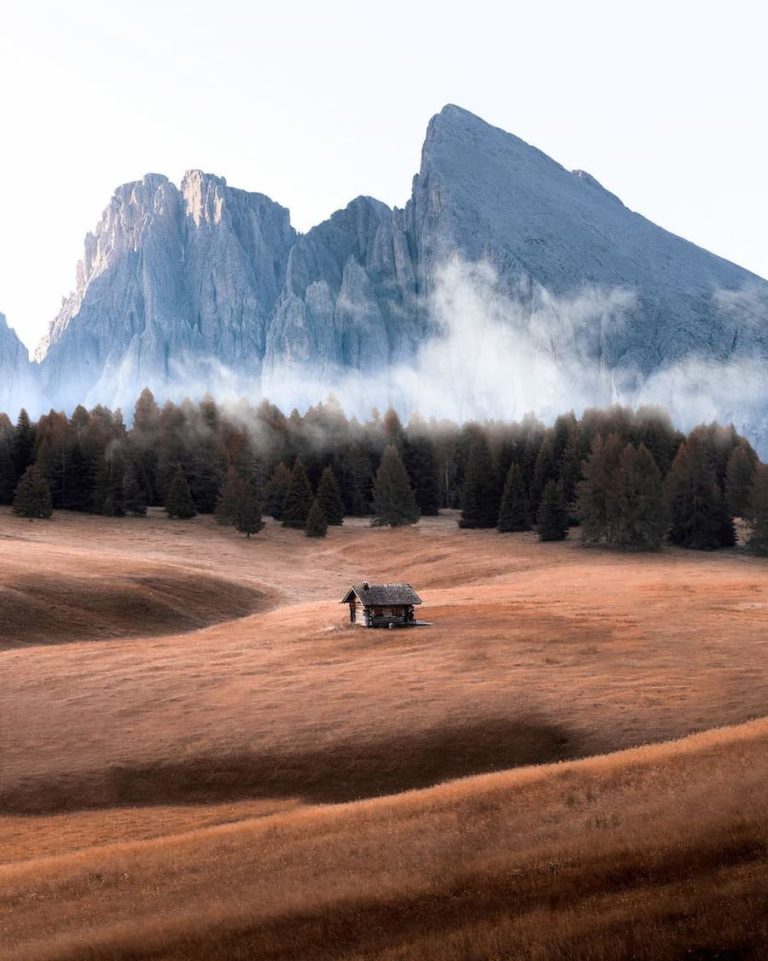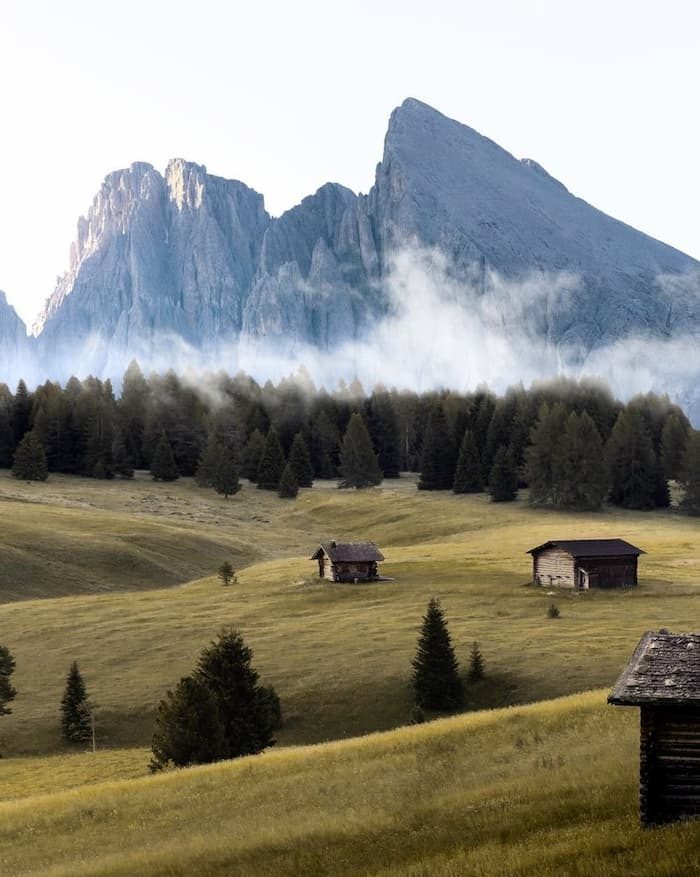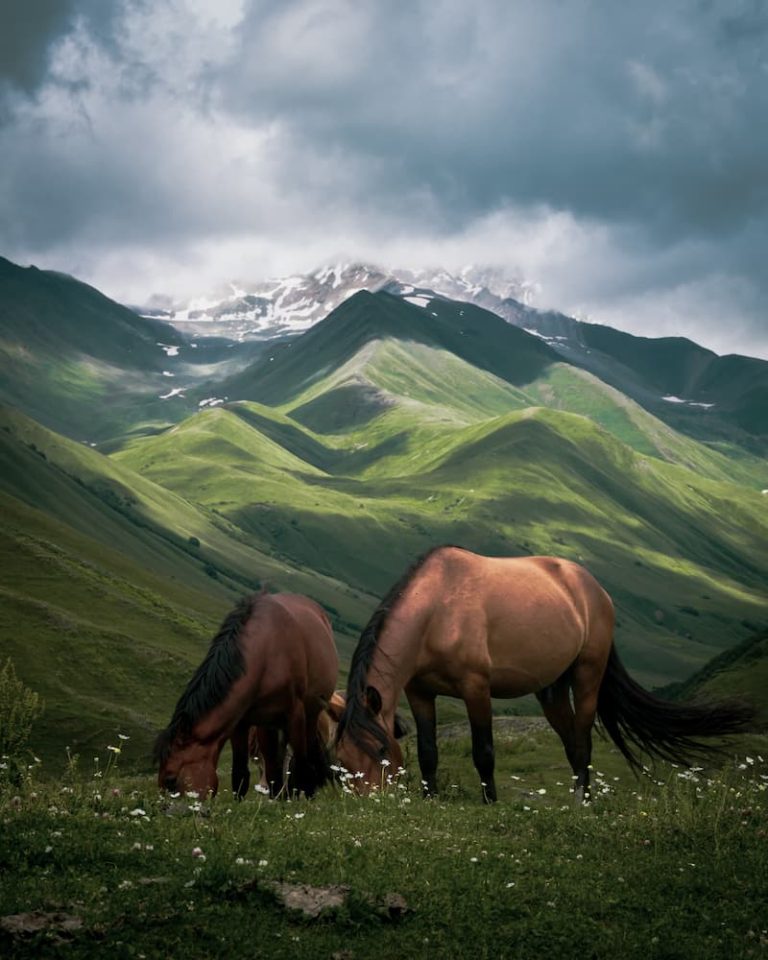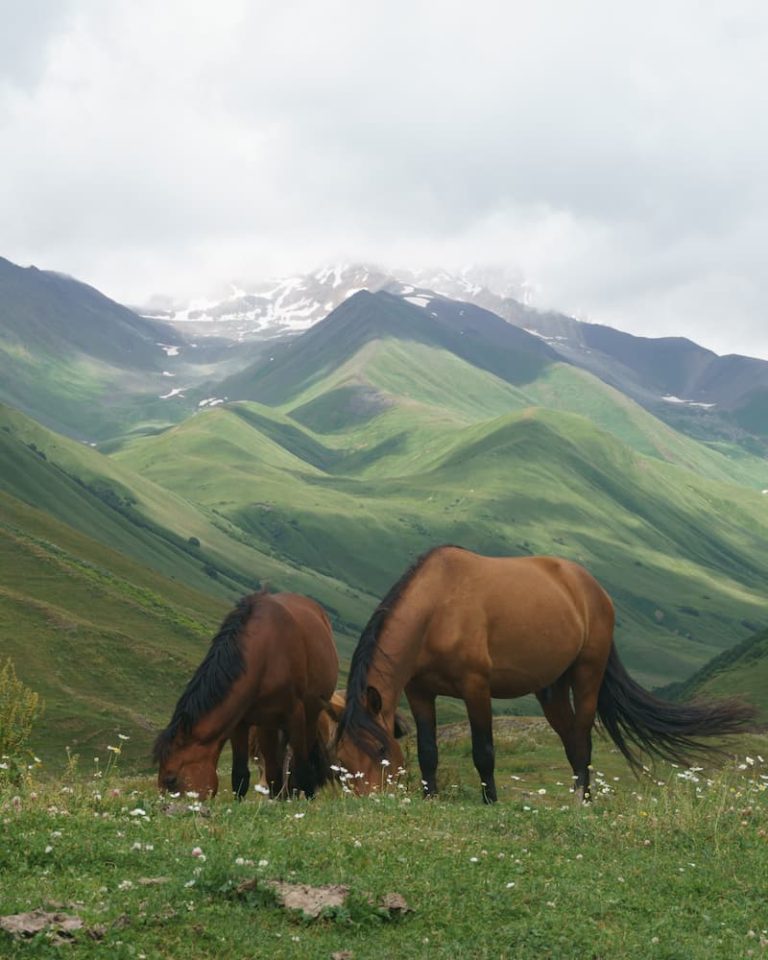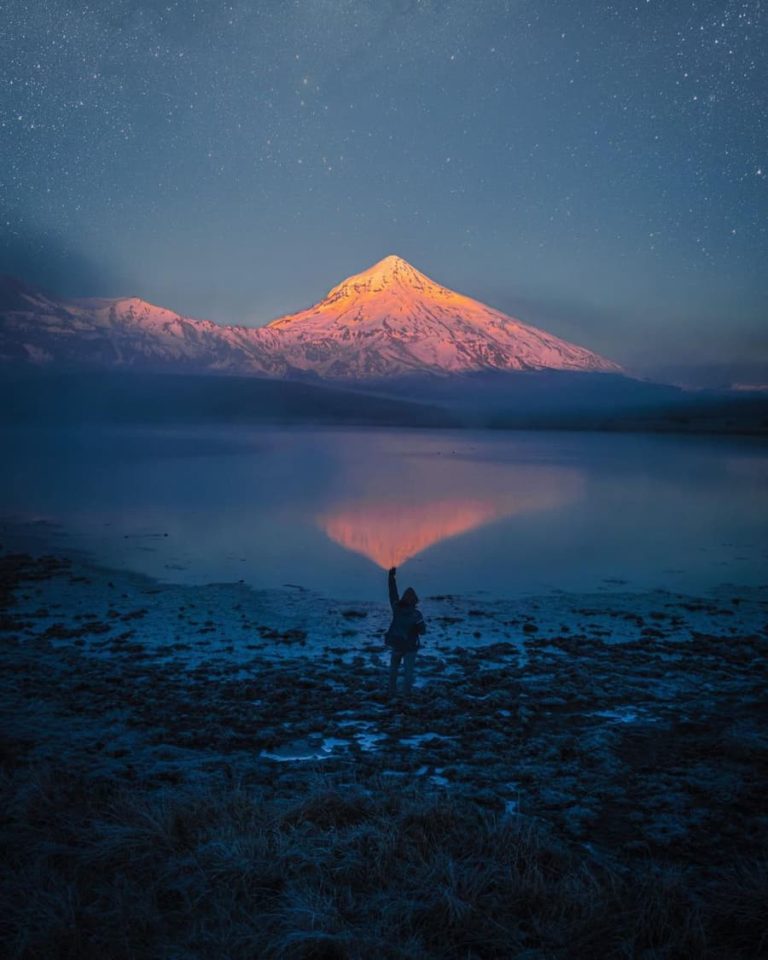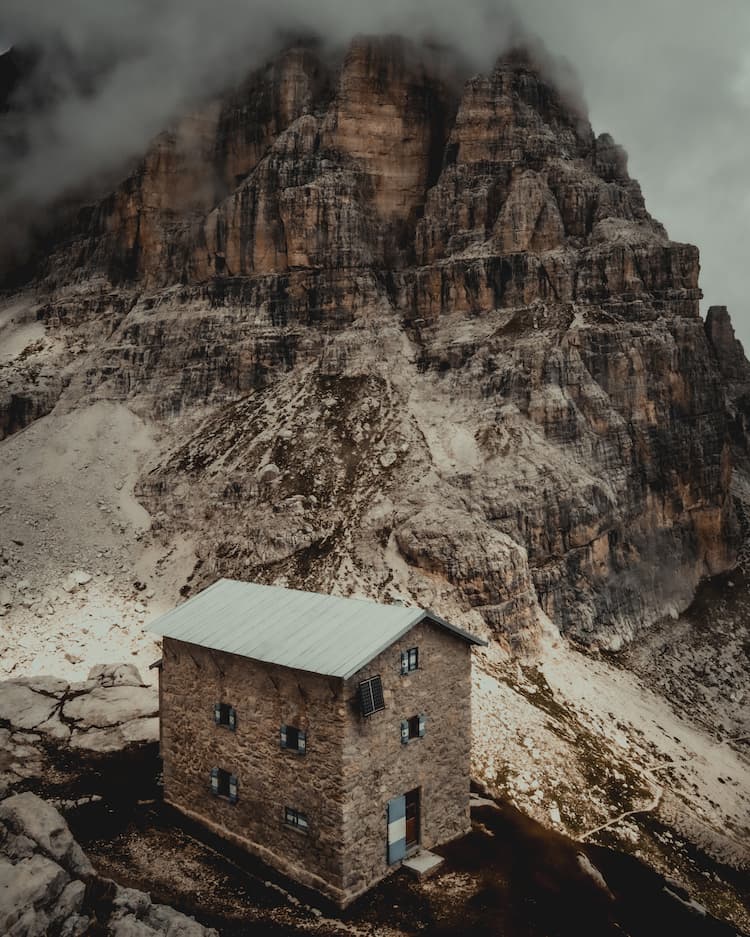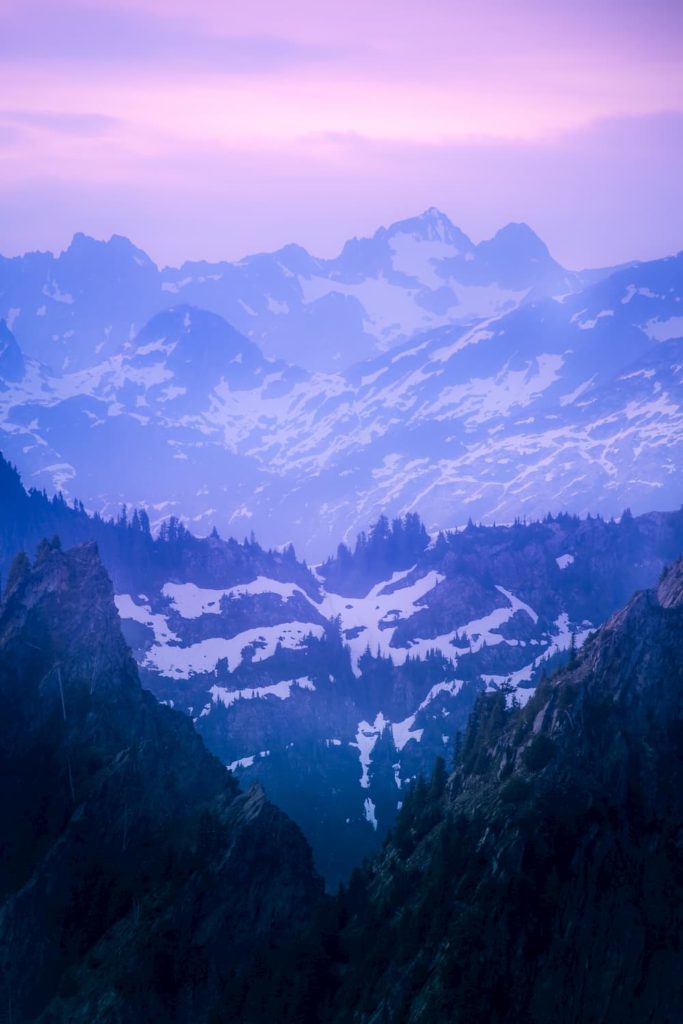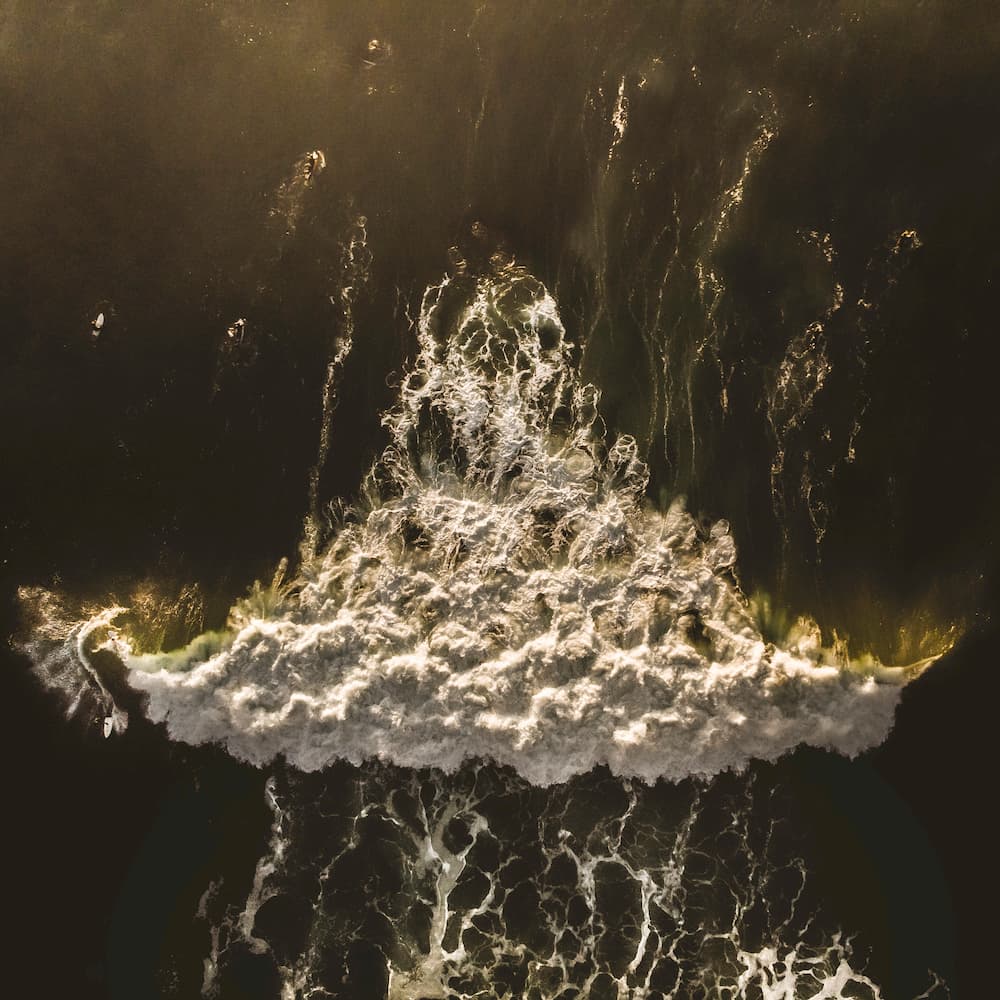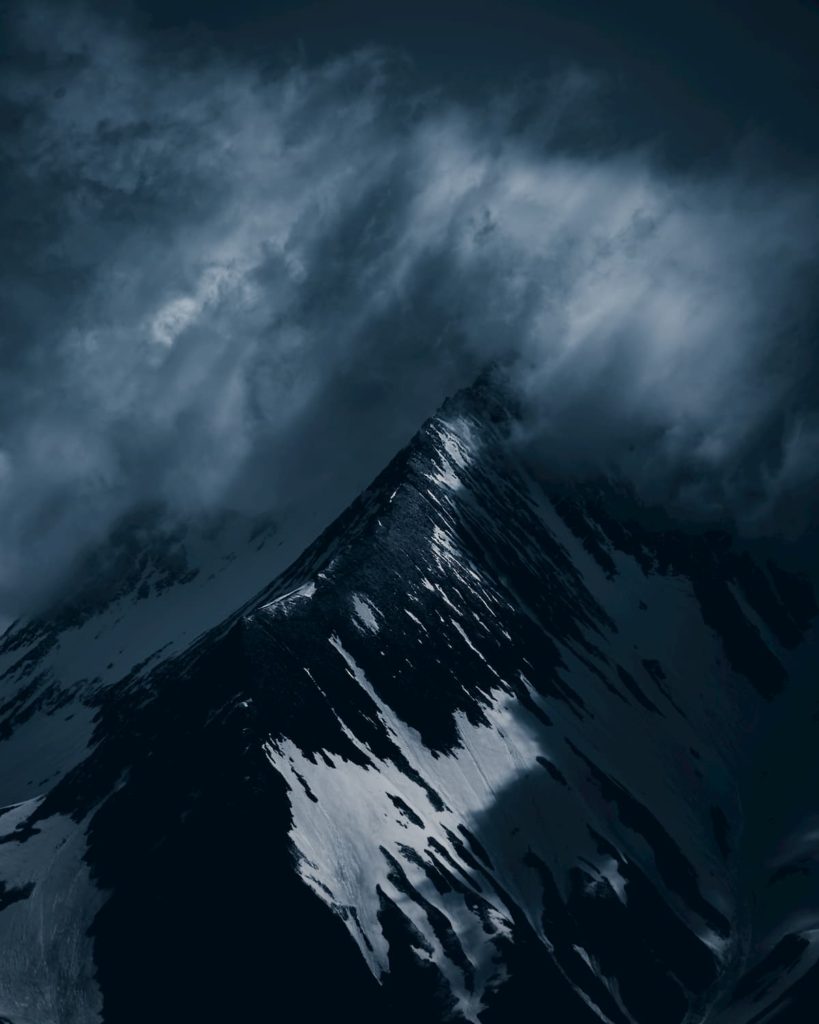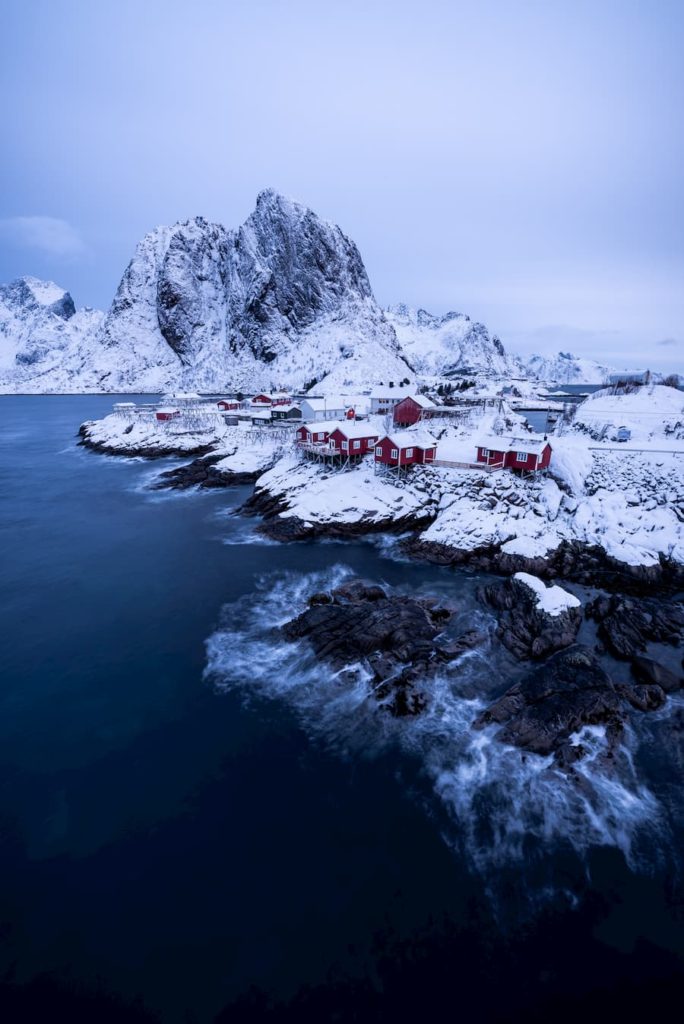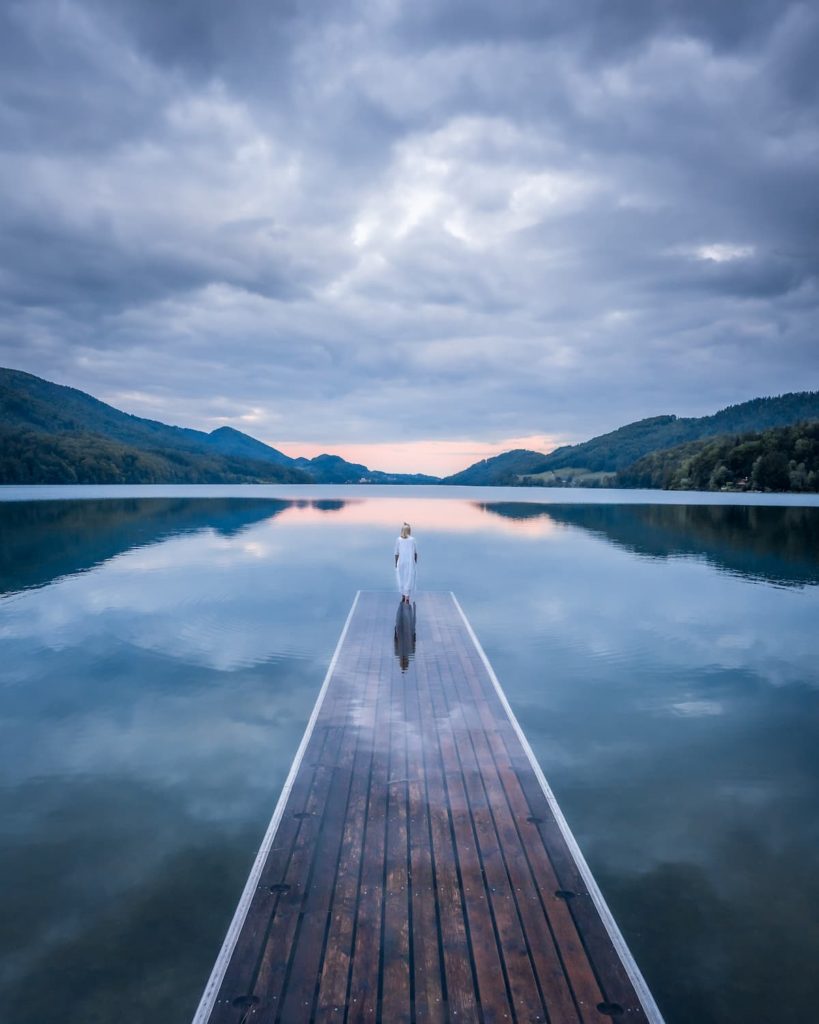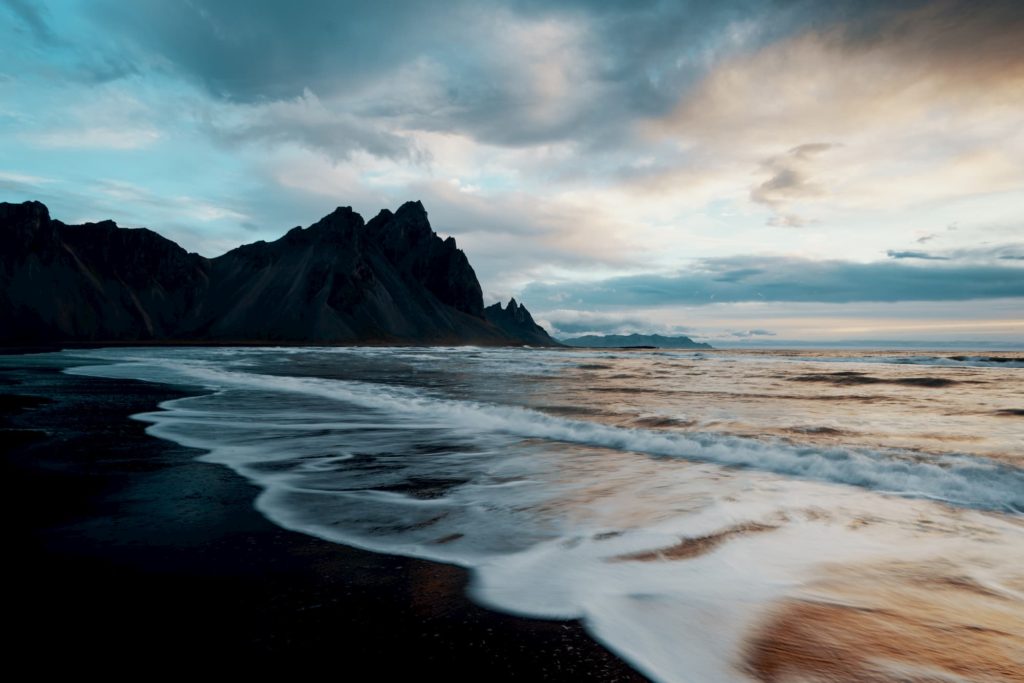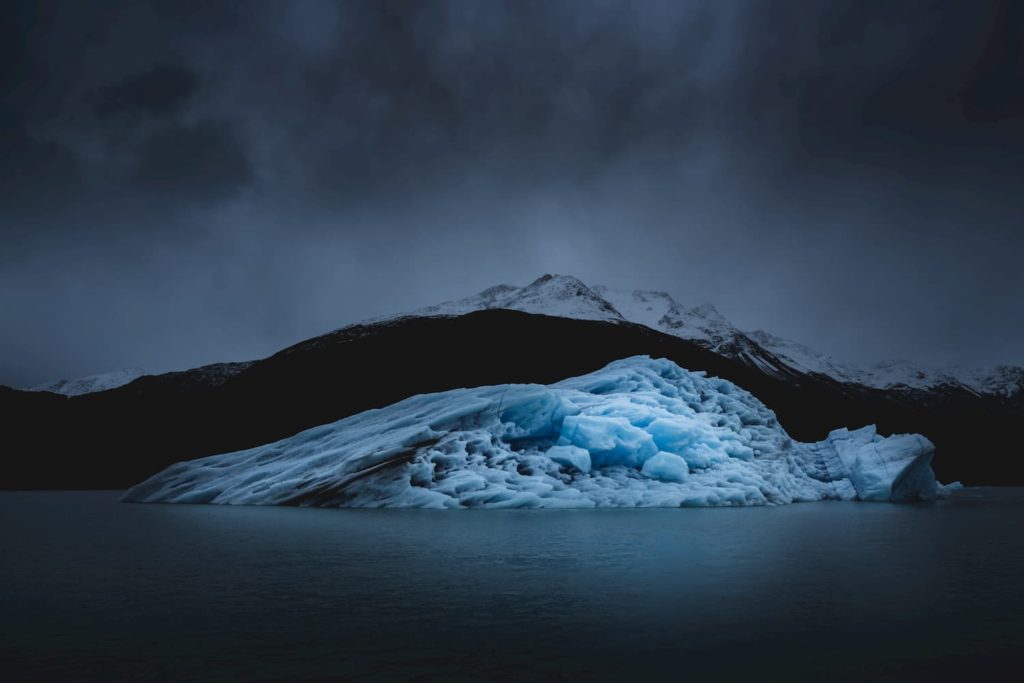
SEVEN ESSENTIAL TIPS TO HELP YOU UNDERSTAND COLORS AND HOW TO SUCCESSFULLY APPLY THEM TO YOUR PHOTOS, EXPLAINED BY THE COMMUNITY!
1) Understand how color combinations affect the overall meaning of your images:
@patrykbieganski: “In my work, you can spot a wide range of colors, and they can enhance each other, make each other pop, blend together or fight each other. Color theory will help you understand the relationship between the different colors available in your landscape. So think about their combination while shooting and what effect you want to achieve with your choice of colors.
In my case, I am a real maximalist for that, both in the soft daylight and cool nightlight pictures. By playing with the palette of colors, I am doing my best to include the emotions accompanying me.”
2) Look at the specific associations of the different shades and tones:
@thechrisbyrne: “I am currently enjoying greens – soft greens – in my landscape photography. However, there is a fine line between a green appealing to the eye and one distracting and perhaps overly saturated.
While photographing in areas like Bali, where green is abundant, post-processing and color grading are essential to ensure the greens are part of the rest of the image cohesively.
Practicing with the HSL tab on Lightroom will help you get the right tones for your image and can also create a more atmospheric photo.”
Move RIGHT or LEFT to compare
3) Interpret the colors:
@rosenfeld.mandy: “You see colors in everything around you, every moment of the day. But do you ever stop and think about the impact colors have on you?
In my pictures, I want to show the beauty of nature. I use the colors of the spot for this. I observe the environment closely and interpret the colors for myself.
I have my favorite colors that I focus on:
My colors are mostly brown, blue and preferably green. The versatility of the facets of green ranges from soft pastel to turquoise. This versatility always impresses me on my tours.”
@mountainsghost: “I prefer to hike alone during the day and night because I can clear my head. But I love it when my girlfriend joins since we complement each other well and chase new perspectives.
Although I have my preferences photographically speaking, I do not chase one particular color. It depends on what I am looking at through my camera and how I want to edit the image.
Orange, yellow, and red are my most used colors since they are present in every sunset and sunrise.”
4) Use the magic of the blue hour:
@stephen.coops: “My palette of colors revolves around the blue hour, my favorite time to shoot. The blue hour is the period of twilight when the Sun is at a significant depth below the horizon, and during this time, the sunlight takes on a blue shade.
You often find yourself alone, even in famous places and photography locations.
I juxtapose the blue hour shots with flashes of orange. People talk about the golden hour, but I tend to only operate in the first 5/10 minutes of it to create the kind of photos I enjoy. Then, the rest of the day is free for hiking and enjoying the outdoors without heavy camera equipment.
Any colors work well, in my opinion, and one day I will fall in love with the million shades of green you find at 2 pm, but for now, I operate alone, in darkness.”
5) Light is crucial, but there is also beauty to be found in the darkness:
@patrykbieganski: “I love expressive colors and light, especially the warm ones flooding the landscape during sunrises and sunsets – The light turns the elements of the scenery into gold, saturating each flower, blade of grass, and stone, setting clouds on fire.
Dusk and dawn are also extremely interesting to shoot for me.
In this regard, the moments of transition from night into day and vice versa are usually not so colorful, but finding the beauty in a mystery of darkness and its shades are fascinating.
Finally – the night, the total darkness when the stars are flickering over mountains, is magical. I love looking for the warm colors in the center of the Milky Way, the cold ones in the landscape illuminated by the pale moonlight, and the neon lights of the aurora.”
6) Start big, and then move on to the details:
@yusfakblt: “First, I determine the location and prepare the entire route and photo spots in advance. I prefer sunrises and sunsets to use the right light in my photos and always make an extra effort to find the ideal composition.
I use Lightroom for effective photo editing. When editing my photos, I use light curves and use green and yellow color tones as carefully as possible to make my photo look more aesthetic. Once I have adjusted the mid-tones, shadows, and highlights, I process the small details. I make the vignettes, retouch the last things and get them ready to share.”
WINNER BEST OF THE WEEK 31
7) Take breaks during the editing process:
@gusariase: “A vintage style works best for photographs, dull darks, desaturated greens, and blues. However, taking breaks during the edition to evaluate each parameter is crucial. For example, in this sunrise photograph, the cold tones are more saturated and less opaque than in my usual palette. I intended to embellish the image to attract the viewer’s attention.”
Would you like content like this sent to your inbox?
NOMADICT
ART GALLERY
THE LATEST STORIES
WRITEN WITH PASSION TO INSPIRE YOU

Photo tour in Azores, Portugal
Join us in the Azores for a unique photo tour, where you’ll elevate your creative skills with expert guidance from Ronald Soethje, Bruno Ázera, and Nomadict.

Forest Kai (@forest1kai): Photographer based in the US
In this article, Forest shares how years of chasing scale, silence, and raw landscapes shaped his approach to photography, from the deserts of Kazakhstan to the volcanic ridges of Iceland. He talks about how he uses light, texture, and vast negative space to create images that feel both intimate and overwhelming.

Simon Hechtbauer (@roamwithsimon): Best of the Week 32 at #nomadict
Simon shares the journey behind his photography, from early inspirations to field techniques, editing, and the story of the winning shot that shaped his path.

Miroslav Maršík (@miromarsik): Photographer based in Czech Republic
In this article, Miro shares how his love for cinematic music evolved into a deep passion for photography and how he uses light, color, and atmosphere to turn the streets of Prague into living film scenes.

Aurora photography panorama workflow: A guide to camera settings, editing, and color
In this article, Stefanie reveals how her background in physics sparked her passion for astrophotography and how she blends science with creativity to capture the beauty of the night sky. Readers will discover her approach to color, contrast, and editing, as well as her aurora photography workflow.

Yhabril (@yhabril): Best of the Week 33 at #nomadict
Spanish photographer Yhabril captures the profound connection between humans and the mountains that shaped him. Growing up in the Pyrenees, his work bridges outdoor sports, landscapes, and celestial scenes — often blending athletes, moonlight, and wilderness into striking visual stories.

Ariane Totzke (@besondersschwierig): Photographer based in Switzerland
In this article, Ariane shares how photography helped her navigate personal challenges, connect authentically with people and animals, and develop a philosophy rooted in empathy and artistic freedom. Readers will also discover her ethical approach to wildlife photography and her trusted equipment for both camouflage techniques and cameras.
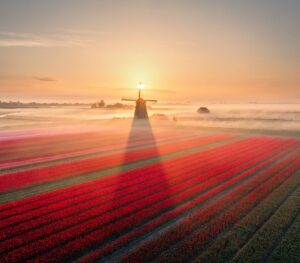
How to photograph Dutch tulip fields: A guide to light, gear, composition, and colors
Discover how to photograph Dutch tulip fields in their most magical light. From choosing the right gear and lenses to mastering composition, color, and aerial perspectives, this guide shares creative techniques to capture the beauty of the Netherlands’ tulips. Learn how light, color grading, and proportion bring emotion into every frame.
